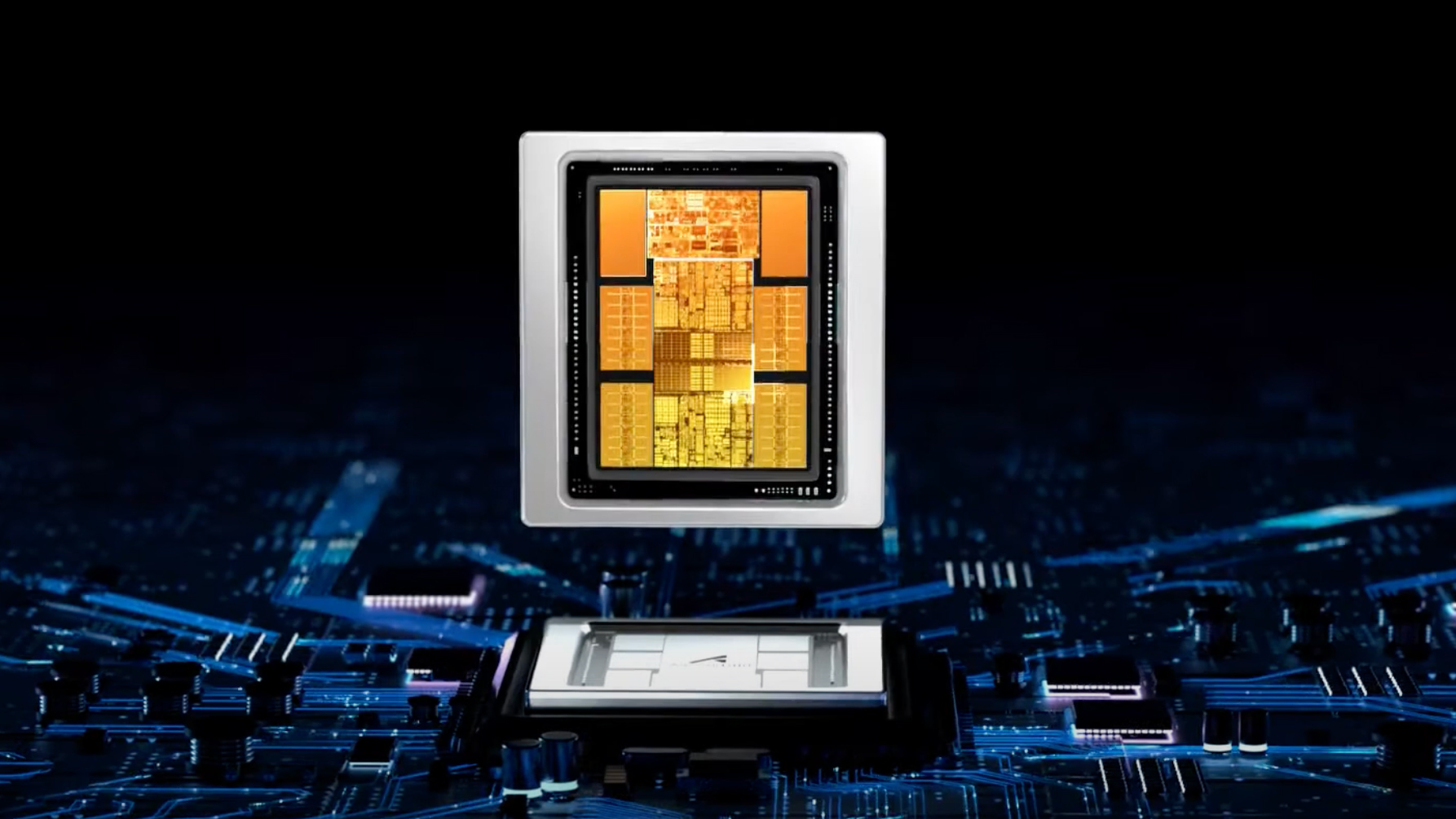Huawei introduces the Ascend 920 AI chip to fill the void left by Nvidia's H20
The Ascend 920 supposedly offers a performance comparable to the Nvidia H20.

On April 9, Donald Trump extended the ban on AI chip exports to China to include the Nvidia H20. Just one day after this, Huawei announced the Ascend 920—its next-generation AI chip—at a partner conference. DigiTimes Asia reports that the Ascend 920 is expected to hit mass production in the latter half of 2025, and experts say it will be able to replace the H20 chips that Chinese can no longer access.
The Nvidia H20 chip is still a popular option for Chinese companies despite being less potent than its latest AI offerings. The company has made billions of dollars selling this defanged AI chip to the region, with its sales reportedly growing 50% quarter over quarter. Unfortunately, the party is over for Nvidia, with the company expected to take a $5.5 billion write-off due to lost sales.
This is a massive opportunity for Huawei, which has been trying hard for years to match Nvidia’s capabilities. Its current AI chip, the Ascend 910C, seemingly delivers about 60% of the competing Nvidia H100’s inference performance. On the other hand, the next generation Ascend 920, which will use the 6 nm process node, is expected to exceed 900 TFLOPs per card and boast a 4 TB/s memory bandwidth using HBM3 modules. Furthermore, its 920C variant, which is built for Transformer and Mixture of Experts models, will also reportedly improve efficiency by about 30% to 40% compared to its predecessor.
Huawei’s Ascend 920 reveal caught a few industry insiders by surprise, especially as it was made almost immediately after the White House announced the ban on Nvidia’s H20 and AMD’s MI308. Moreover, Trump reportedly paused the planned H20 export ban after Huang spent a million dollars to have dinner with the president at his Mar-a-Lago residence.
But this planned expansion of export controls has reportedly been in the works for several months now, so it’s likely that the Chinese chipmaker has been anticipating its arrival. Because of this, Huawei has likely been working on the Ascend 920 in the background, and it was just waiting for the chip restrictions to drop before making its announcement.
Aside from the Ascend 920, Huawei also revealed its AI CloudMatrix 384 solution at the same partner conference. This rack-scale solution delivers more performance than the Nvidia GB200, but at the cost of higher power consumption. Despite that, it will probably attract attention from Chinese companies, especially as neighboring countries like Singapore and Malaysia are clamping down on smuggling rings trying to bring sanctioned chips into China.
Follow Tom's Hardware on Google News to get our up-to-date news, analysis, and reviews in your feeds. Make sure to click the Follow button.
Stay On the Cutting Edge: Get the Tom's Hardware Newsletter
Get Tom's Hardware's best news and in-depth reviews, straight to your inbox.

Jowi Morales is a tech enthusiast with years of experience working in the industry. He’s been writing with several tech publications since 2021, where he’s been interested in tech hardware and consumer electronics.
-
adbatista Huawei, the one some said would be dead after being banned for trading with NA companies...Reply -
Loophero Reply
Yeah, Huawei didn’t die but let’s be real, if it were any regular company in a normal country, it probably would’ve. The only reason it’s still kicking is because the government jumped in to keep it afloat. Most companies don’t get massive state funding, R&D help, and a closed-off market to fall back on. So it’s not that they ‘beat the odds’ they just had a pretty big safety net the whole time.adbatista said:Huawei, the one some said would be dead after being banned for trading with NA companies... -
Loophero Huawei claiming it’ll replace the H20 sounds great... until you remember they’re still stuck doing 6nm with DUV and no EUV in sight. High-yield mass production under those conditions? Good luck. Making one chip is cool making millions without frying your margins is the real challenge. Until they show real benchmarks and produce at scale, this sounds more like "powerpoint silicon" than a legit Nvidia replacement.Reply -
Mindstab Thrull Either they had it about ready anyways and it was just lucky timing, or they took advantage of it to get more China sales. Could even be a mix of both! But I can't imagine Huawei sinking very quickly. And I'll wager that by 2030 China will have their own EUV or something equivalent up and running. Five years? Seems doable given how far they've already made it.Reply -
nookoool ReplyLoophero said:Yeah, Huawei didn’t die but let’s be real, if it were any regular company in a normal country, it probably would’ve. The only reason it’s still kicking is because the government jumped in to keep it afloat. Most companies don’t get massive state funding, R&D help, and a closed-off market to fall back on. So it’s not that they ‘beat the odds’ they just had a pretty big safety net the whole time.
It is still pretty incredible that a company purposely targeted to be destroy by a the US has survived and thrived. Every country provided incentives to their own local companies to survive a economic downturn... ie intel, gm, boeing , delta, cough cough . In this case, a large state actor was involved in try to destroy it.
Huawei main money maker was in their telco gear which they were already mostly self sufficient and could of survived on that alone.